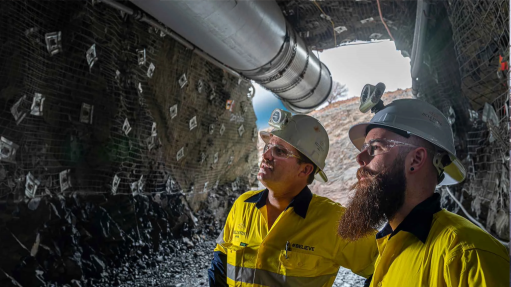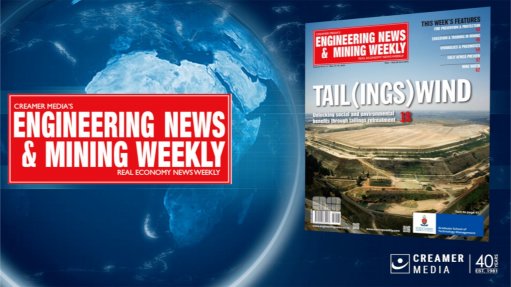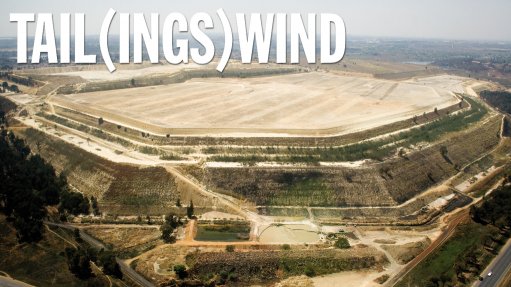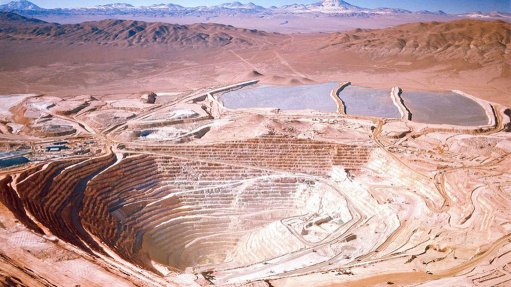MPRDA lacking on mines’ social and environment responsibilities

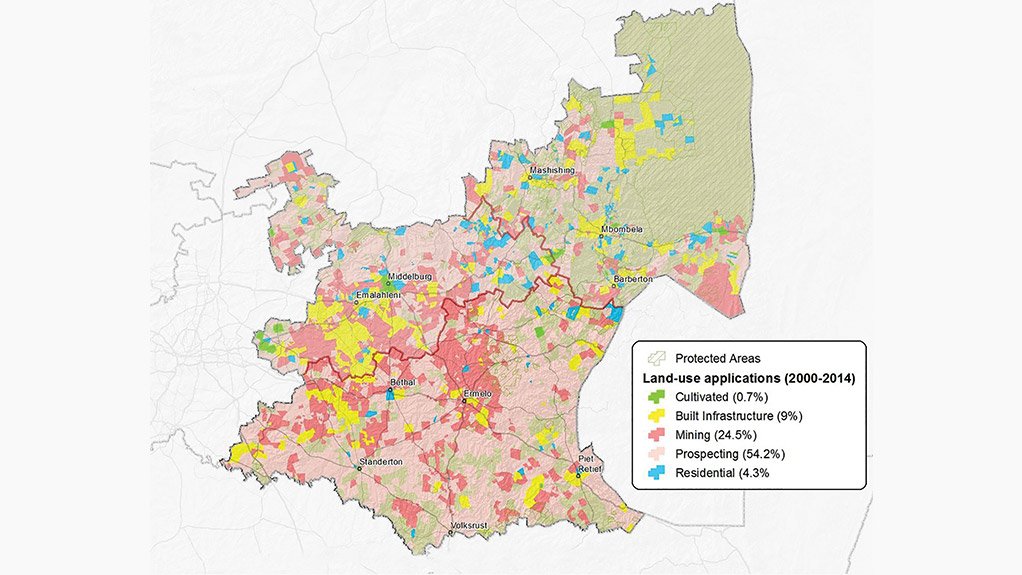
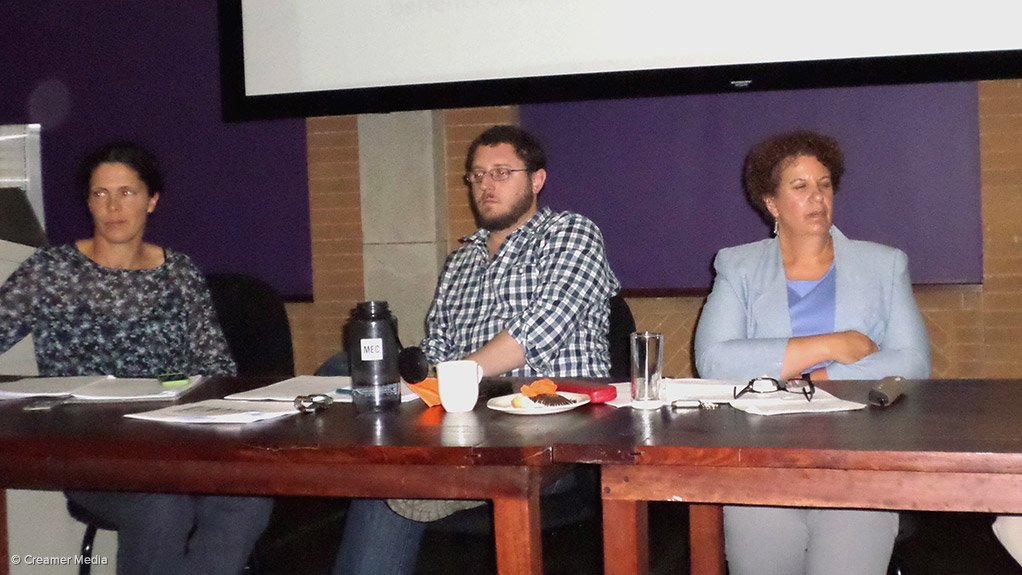
MPUMALANGA MINING BOOM Currently 61% of the surface area of Mpumalanga is under mining or exploration application
INGRID WATSON, JOSHUA WALKER and MAY HERMANUS There is a need for government to re-evaluate the MPRDA to ensure it contains sufficient emphasis on social and environmental issues pertaining to mining
Mining is a land use choice and this choice is not necessarily benign, as, when mining takes place, particularly on a large scale, it can have very lasting environmental and social impacts. These impacts can have long-term negative consequences at local community and national level, said the Council for Scientific and Industrial Research (CSIR) Natural Resources and the Environment executive director May Hermanus.
She was speaking as part of a panel at a Society, Work and Development Institute seminar at the University of the Witwatersrand (Wits), in Johannesburg, last month. The other panellists inclu- ded Wits Centre for Sustainability in Mining and Industry Biophysical Environment Programme man- ager Ingrid Watson and Wits Institute for Social and Economic Research postdoctoral research fellow Joshua Walker.
Hermanus stressed that the context of where mining took place was important. She said that, if a country was sparsely populated and was endowed with plentiful water resources and arable land, the trade-offs between mining and its related ecological and social impacts would not be as significant as they were in South Africa.
“I just want to reflect on the issue of trade-offs because we are ultimately considering policy and, in the design of policy, it is important to think about how to weigh up the benefits and risks associated with mining,” she said, adding that this could raise issues of thresholds and constraints, which could be built into policy to ensure that some of these risks were mitigated or avoided.
Hermanus stated that the adoption of the Mineral and Petroleum Resources Development Act (MPRDA) in 2004 was aimed at delivering certain democratic dividends and issues relating to land use choices; however, social and environmental matters were not considered.
Walker noted that the MPRDA was drafted to provide access to the benefits of the mining industry for historically disadvantaged South Africans, which they were previously denied under apartheid and colonial rule.
“The MPRDA did this by firstly creating mining permits for properties smaller than 1.5 ha, which allowed people and organisations with less capital than large mining houses to formally enter the local mining industry,” he pointed out.
The MPRDA is predicated on the ‘use it or lose it’ principle, highlighted Walker. He said that this meant that, if the holder of a mineral right failed to develop the project, the right lapsed and the State acquired custodial rights over it.
“We have seen, particularly as result of this ‘use it or lose it’ principle, that there has been an acceleration in mining activities throughout the country over the past ten years, which has had negative impacts on local mining communities and the environment,” Walker stated.
Watson, meanwhile, noted that, currently, 61% of the surface area of Mpumalanga was under mining or exploration application. She also noted that there was simi- lar data relating to the North West, as mining activity in the province had more than doubled between 1994 and 2006.
Watson highlighted that, in the case of Mpumalanga, coal mining was taking up significant portions of the province’s highly productive agricultural land, which placed added stress on South Africa’s food production resources.
She added that mining activities were also highly water intensive, which impacted on South Africa heavily, owing to it being a water stressed country.
CSIR research had also found that continued population and economic growth, combined with climate change, could result in serious water shortages in some parts of the country by 2025.
Finally, the panellists agreed that there was a need for government to re-evaluate the MPRDA to ensure it contained sufficient emphasis on the social and environmental issues that related to mining in South Africa.
Comments
Press Office
Announcements
What's On
Subscribe to improve your user experience...
Option 1 (equivalent of R125 a month):
Receive a weekly copy of Creamer Media's Engineering News & Mining Weekly magazine
(print copy for those in South Africa and e-magazine for those outside of South Africa)
Receive daily email newsletters
Access to full search results
Access archive of magazine back copies
Access to Projects in Progress
Access to ONE Research Report of your choice in PDF format
Option 2 (equivalent of R375 a month):
All benefits from Option 1
PLUS
Access to Creamer Media's Research Channel Africa for ALL Research Reports, in PDF format, on various industrial and mining sectors
including Electricity; Water; Energy Transition; Hydrogen; Roads, Rail and Ports; Coal; Gold; Platinum; Battery Metals; etc.
Already a subscriber?
Forgotten your password?
Receive weekly copy of Creamer Media's Engineering News & Mining Weekly magazine (print copy for those in South Africa and e-magazine for those outside of South Africa)
➕
Recieve daily email newsletters
➕
Access to full search results
➕
Access archive of magazine back copies
➕
Access to Projects in Progress
➕
Access to ONE Research Report of your choice in PDF format
RESEARCH CHANNEL AFRICA
R4500 (equivalent of R375 a month)
SUBSCRIBEAll benefits from Option 1
➕
Access to Creamer Media's Research Channel Africa for ALL Research Reports on various industrial and mining sectors, in PDF format, including on:
Electricity
➕
Water
➕
Energy Transition
➕
Hydrogen
➕
Roads, Rail and Ports
➕
Coal
➕
Gold
➕
Platinum
➕
Battery Metals
➕
etc.
Receive all benefits from Option 1 or Option 2 delivered to numerous people at your company
➕
Multiple User names and Passwords for simultaneous log-ins
➕
Intranet integration access to all in your organisation









